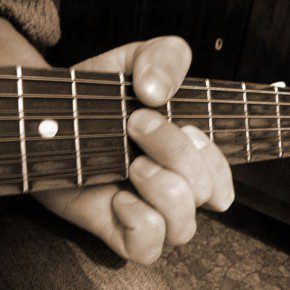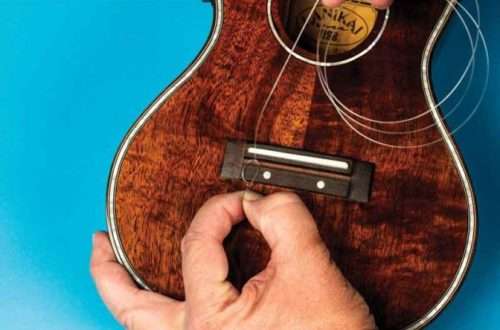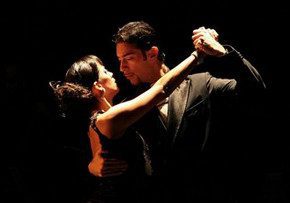
What are the chords?
Contents

So, our focus is on musical chords. What are the chords? What are the main types of chords? We will discuss these and other questions today.
A chord is a harmonious consonance in the simultaneity of three or four or more sounds. I hope you get the point – a chord must have at least three sounds, because if, for example, there are two, then this is not a chord, but an interval. You can read the article “Getting to Know Intervals” about intervals – we will still need them today.
So, answering the question of what chords there are, I deliberately emphasize that the types of chords depend:
- on the number of sounds in it (at least three);
- from the intervals that these sounds form among themselves already within the chord.
If we consider that the most common chords in music are three- and four-note, and most often the sounds in a chord are arranged in thirds, then we can distinguish two main types of musical chords – these are triad and seventh chord.
Main types of chords – triads
The triad is so called because it consists of three sounds. The triad is easy to play on the piano – just press any white key, then add the sound of another one to it through the key to the right or left of the first and in the same way add another, third sound. There will definitely be some kind of triad.
By the way, all major and minor triads are shown on the piano keys in the articles “Playing chords on the piano” and “Simple chords for the piano”. Check it out if you’re interested.
:. This is precisely the question of the intervallic composition of musical chords.
It has already been said that sounds in triads are arranged in thirds. Thirds, as we know, are small and large. And from various combinations of these two thirds, 4 types of triad arise:
1) major (big), when at the base, that is, the major third is below, and the minor third is above;
2) minor (small)when, on the contrary, there is a minor third at the base and a major third at the top;
3) increased triad it turns out if both the lower and upper thirds are large;
4) diminished triad – this is when both thirds are small.
Types of chords – seventh chords
Seventh chords consist of four sounds, which, as in triads, are arranged in thirds. Seventh chords are so called because the interval of a seventh is formed between the extreme sounds of this chord. This septima can be major, minor or diminished. The name of the seventh becomes the name of the seventh chord. They also come in large, small and reduced sizes.
In addition to the seventh, seventh chords entirely include one of the four triads. The triad becomes the basis of the seventh chord. And the type of triad is also reflected in the name of the new chord.
So, the names of seventh chords are made up of two elements:
1) the type of seventh, which makes up the extreme sounds of the chord;
2) a type of triad that is located inside a seventh chord.
For example, if the seventh is major and the triad inside is minor, then the seventh chord will be called major minor. Or, another example, a minor seventh, a diminished triad – a minor seventh chord.
In musical practice, only seven types of different seventh chords are used. This:
1) Major major – major seventh and major triad
2) Major minor – major seventh and minor triad
3) Small major – minor seventh and major triad
4) Small minor – minor seventh and minor triad
5) Large enlarged – major seventh and augmented triad
6) Small reduced – minor seventh and diminished triad
7) Decreased – diminished seventh and diminished triad
Fourth, fifth and other types of chords
We said that the two main types of musical chords are the triad and the seventh chord. Yes, indeed, they are the main ones, but this does not mean that others do not exist. What other chords are there?
Firstly, if you continue to add thirds to the seventh chord, you will get new types of chords –
Secondly, the sounds in a chord do not necessarily have to be built exactly in thirds. For example, in the music of the 20th and 21st centuries one can quite often encounter the latter, by the way, have a very poetic name – (they are also called).
As an example, I propose to get acquainted with the piano poem “The Gallows” from the cycle “Gaspard of the Night” by the French composer Maurice Ravel. Here, at the very beginning of the piece, a background of repeated “bell” octaves is created, and against this background the dark fifth chords enter.
To complete the experience, listen to this work performed by pianist Sergei Kuznetsov. I must say that the play is very difficult, but it impresses many people. I’ll also say that as an epigraph, Ravel prefaced his piano poem with Aloysius Bertrand’s poem “The Gallows,” you can find it on the Internet and read it.
M. Ravel – “The Gallows”, piano poem from the cycle “Gaspard by Night”
Let me remind you that today we figured out what chords are. You have learned the basic types of chords. The next step in your knowledge of this topic should be chord inversions, which are the different forms in which chords are used in music. See you again!



